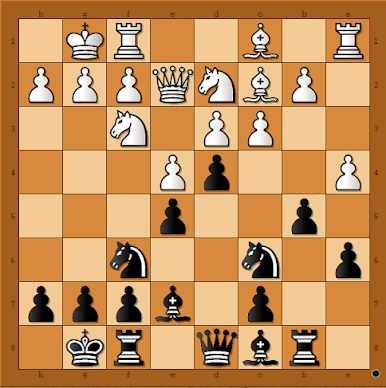Change of plans

I'm always right. The reason for this is, that when I'm not right, I change my opinion. I don't cling to any opinion. I don't build my ego on any opinion. Which doesn't mean it isn't sometimes painful to let a beloved opinion go when I invested a lot of work in it. This opportunistic vision comes at a price. First I must be prepared to endure the pain to let go a beloved opinion. I must not cling to the amount of work I have invested in it. Furthermore I must be prepared to invest even more work to synchronize my approach to the newly acquired opinion. Take for instance when I came to the conclusion that I needed more positional openings, it took me about five years to find five new openings that fitted my new ideas of openings and to adopt them to some degree. And it is a bit scary. Now I have entered the realm of endgame strategy, it might well lead to different conclusions about the middlegame and the openings phase. So I'm mentally prepared to change my ...







